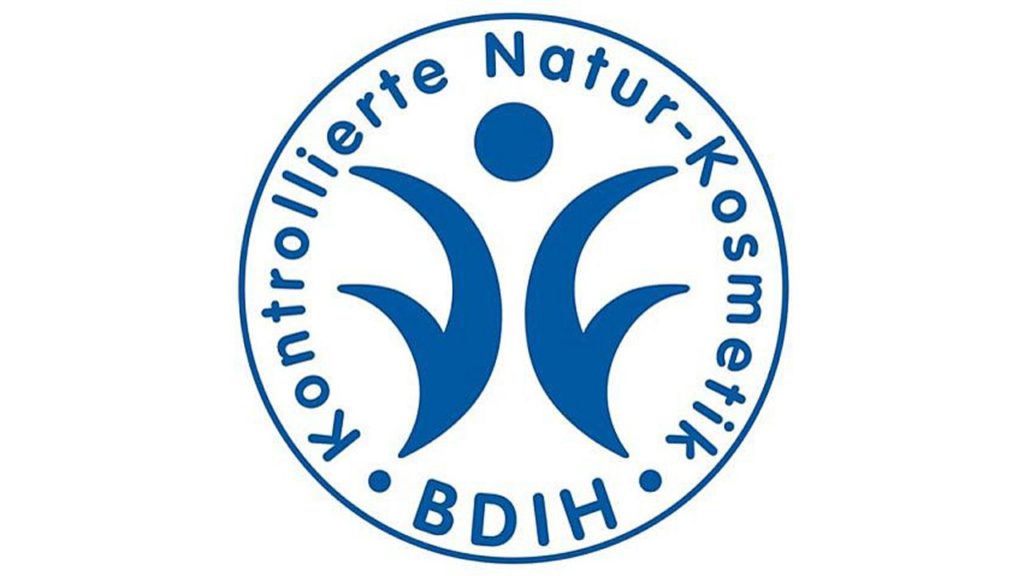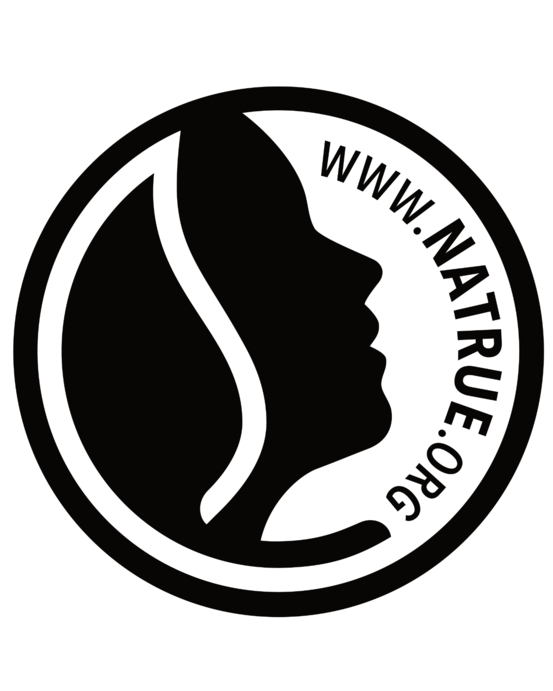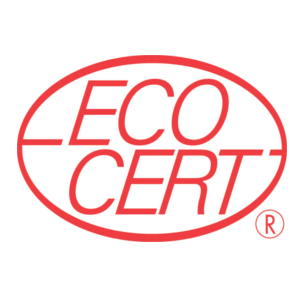In the seventh part we want to address the topic consumption regarding sustainable clothing, cosmetics and technology.
Why is this relevant?
The German Federal Environment Agency describes sustainable consumption as “the consumption behavior that allows both the present and future generations to meet their needs without endangering the limits of the Earth’s carrying capacity”. [1] Consumption accounts for about 4.56 tonnes of CO2, which equals about one-third of the carbon footprint of the average German. [2]
The most sustainable product is always the one you don’t buy in the first place. – Joshua Becker [3]
What can I do?
- Buy high-quality clothing that combines well
- Pay attention to high quality
- Extend the using phase through correct care and washing behaviour
- Only buy what you really need
- Buy second-hand goods
The fashion industry’s carbon footprint is 1.2 billion tonnes of greenhouse gas emissions larger than the airline industry’s one!
Clothing
Second Hand
Second-hand clothing is a good way to buy sustainable clothing. The useful life is extended and nothing new is produced. This saves an enormous amount of resources. There are now many opportunities for second-hand shopping, for example:
- Small second-hand shops in the city
- Online via platforms like Kleiderkreisel, Mädchenflohmarkt or Ebay
- Pop-up second-hand shops like Vinokilo
- Flea markets and clothes swap parties
Sustainable materials
Material
critical
better
cotton
Land & water consumption
monoculture & pesticides
certificated organic cotton
recycled cotton
wool
Land consumption & erosion
animal welfare (Mulesing)
certificated organic cotton
Mulesing-free wool
silk
monocultures & fertiliser
killing the silk worms
Ahisma-silk (no killing of caterpillars)
rayon
deforestation
chemicals & waste water
certificated pulp (FSC, PEFC)
synthetic
non-renewable
waste water
CO2-emission
recycled polyester
synthetic fibres from organic by-products (biopolymers)
https://www.nachhaltiger-warenkorb.de/themen/den-weg-der-kleidung-kennen/
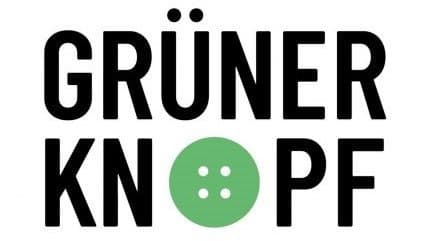
&
nature
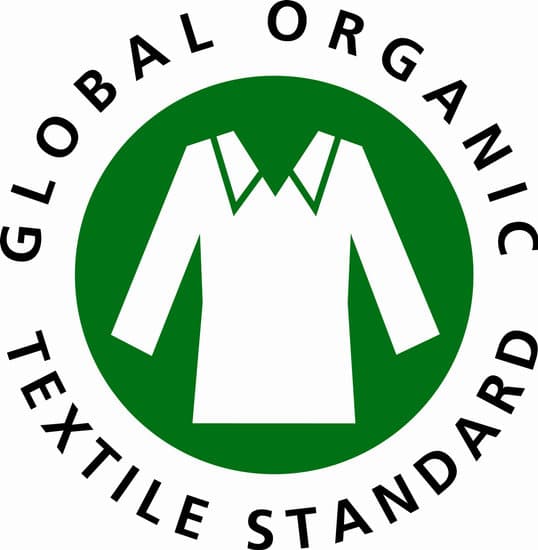
Upcycling and recycling
You can create practical things at home from fabric scraps with just a few tools. Cotton fabrics can be used to sew scrunchies or dishcloths and broken jeans can easily be turned into modern denim skirts. The remaining, unused clothing can be donated to sustainable initiatives. For example Fairwertung sells clothing in good condition on a regional basis or ensures good recycling of the fabrics.

Cometics
What can i do?
- Microplastic-free alternatives (Natural & Organic Cosmetics)
• Make your own DIY cosmetics:
-Coconut oil, citrus fruit, honey, salt.
-Olive oil, healing earth, avocado, cocoa
• Check ingredients with the CodeCheck app
• Encourage manufacturers to reduce plastic using the Replace Plastic app.
•Reducing consumption; Do I really need the peeling?
https://www.smarticular.net/mikroplastik-liste-definition-in-kosmetik-vermeiden-alternativen/
https://mikroplastik-info.de/moegliche-alternativen/alternative-zu-kosmetik-mit-mikroplastik/

Microplastic
What is microplastic?
– plastic particles smaller than 5 millimeters
Where would you find microplastic?
– In shower gels, shampoo, lipstick and peeling.
Why is it harmful?
– Produced on the basis of scarce petroleum
– It is not biodegradeable
– pollutants, such as pesticides, accumulate on the plastic particles and reach us through the food chain..
How can you recognize if a product contains microplastic?
– Search ingredient list for substances such as “polyethylene” (PE), “polypropylene” (PP), “polyamide” (PA) or “polyethylene terephthalate” (PET).
https://utopia.de/ratgeber/mikroplastik-kosmetik-produkte/

Natural cosmetic
What are natural cosmetics? – criteria
General
Avoid
• Only ingredients of natural origin
• Fixed minimum proportion of ingredients from organic cultivation
• Production as environmentally – friendly as possible
•Packaging as recyclable as possible
•Silicone
• Dyes, fragrances
• preservatives
• petroleum-based ingredients
• genetically modified organisms
https://utopia.de/ratgeber/naturkosmetik-siegel/
- Not only the product, but at least 60% of all cosmetics of the brand meet sustainable criteria.
at least 75% of all products of the brand must comply with the Natrue standard
• Ingredients min. 70% from organic production
at least 95% of all ingredients must be of natural origin
• Synthetic petrochemical-based ingredients, nanoparticles, genetically modified substances are not permitted.
Technology
What should I look for when buying something new?
- Used products
- Fair products (Fairphone, Shiftphone, Puzzlephone)
- Plastic-free packaging
- Repairability, longevity (pay attention to companies’ update policies)
- OLED/LED lighting
- Circular economy in production (reuse, recycling, renewable energies)
- Power and energy consumption
- Size and power of the device [1]
Products and services with proven environmental benefits
Products and services that have a lower environmental impact than comparable and services with proven benefits for the environment
During the usage phase
- Check with the dealer
- Return old or no longer usable appliances and do not dispose of them in the trash
- Repair instead of buying new
- Pay attention to size and performance: What do I really need?
- Power-saving mode; reduce background activities (delete unnecessary apps, flight mode, brightness) [1,2].

student tip:
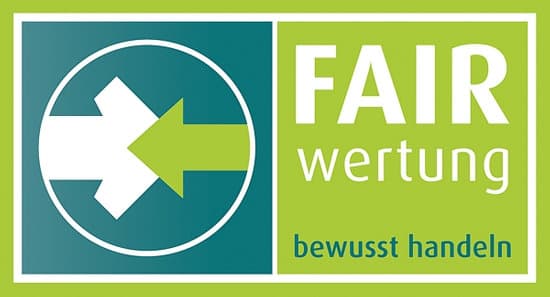
done at home.
For larger repairs, you can get help at a repair cafes (see city map for locations)
Online Stores for refurbished second-hand electronics (z.B. reBuy.de)
https://theshiftproject.org/wp-content/uploads/2019/03/Lean-ICT-Report_The-Shift-Project_2019.pdf
http://www.clickclean.org/germany/de/
https://tcocertified.de/product-finder/

